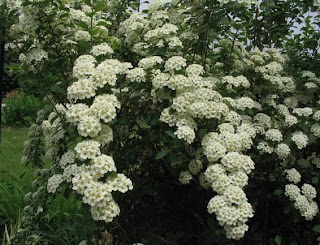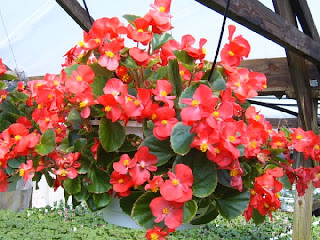 APPLES
APPLES
- There are over 7500 different types of apples
- If you eat an apple, this is more reliable way to stay awake than drink a cup of coffee. The natural sugar in an apple is stronger than caffeine in coffee.
- Apples are great source of fiber and vitamin C
- Apples help prevent cancer, heart disease, asthma and diabetes type II
BANANAS
- Bananas are actually herbs and not fruit. They are the world`s largest herb related to the family of Orchids and Lilies. Banana-as fruit is actually considered as giant strawberry of this large herb.
- Due to the presence of natural sugars Banana provide an immediate increase in energy
- Bananas contain a lot of potassium, which helps regulate blood pressure
- Banana contain a lot of magnesium, which helps build bone strenght
 BLUEBERRY
BLUEBERRY
- Blueberries contain more antioxidants than any other fruit
- Antioxidants in blueberries help fight age diseases
- It is the only natural kind of food that`s blue
GRAPE
- Red Grapes are rich in antioxidants and fiber
- Grape is excellent for promoting heart health and prevent the possibility of a heart attack
PLUMS
- Plums contain a lot of vitamin C, which helps the body to absorb iron
- They also contain a lot of antioxidants, because of their purple pigment
 STRAWBERRIES
STRAWBERRIES
- Strawberries are a great snack because they contain only few calories
- They contain a lot of vitamin C, fiber, folic acid and potassium
- This is the only fruit that has seeds on the outside
 WATERMELON
WATERMELON
- It is an ideal snack because it contain only few calories - like Strawberries
- Watermelons contain a lot of fiber and vitamins A and C
- Any part of Watermelon is edible - even seeds and bark
- Watermelons are actually vegetables, not fruit. They are in the same family as Cucumbers and Squash
- Watermelon contains 92% of water
Related Posts:
Strawberries
Red Currant
























































